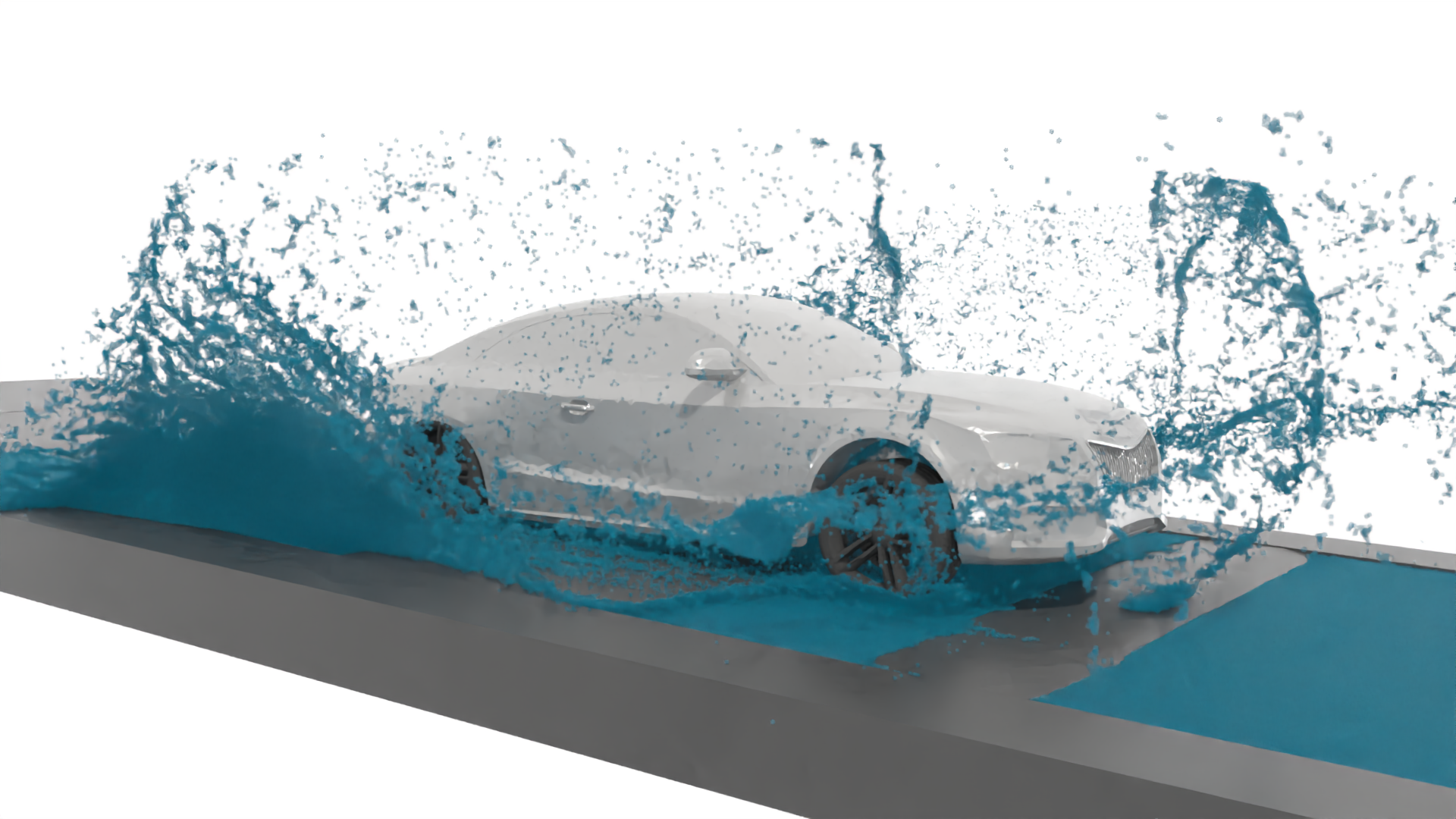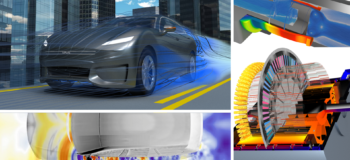Simcenter SPH Flow 2202 released! What’s new?

Automotive engineers must leverage virtual testing through Computational Fluid Dynamics (CFD) simulation to ensure vehicle performance under all driving conditions while reducing development time and cost. But to minimize cost intense experimental testing, simulations must capture the complexity of those driving scenarios with sufficient fidelity. From accurate modeling of the vehicle motion to predicting highly dynamic water management, CFD simulations require high-fidelity solid mechanical and physical considerations to turn the complexity into a competitive advantage.
With the new release of Simcenter SPH Flow 2202, designers and CFD analysts across industries can leverage new capabilities and enhancements to model complex dynamic fluid body interactions while going faster. The new release delivers an enhanced user experience to boost productivity while reducing the time-to-market.
Learn how to use Support Center
New enhancements in Simcenter SPH Flow are aimed at helping you:

Model the complexity
Model complex vehicle motions with suspension model
Vehicle wading with a representation of the suspension
The addition of a spring model within Simcenter SPH Flow 2202 fills the last missing piece to model dynamic fluid body interaction.
For vehicle wading, the vehicle motion on a complex road can now be modeled by setting the rotation speed of the wheels, their contact on the road, and the suspension of the vehicle.
This new feature increases accuracy and user control on the vehicle motion. Furthermore, it drastically improves the ease of use for the entire workflow of dynamic movements.
In addition, the spring model allows simulation of applications that involve mechanical springs such as valves.

Go faster
Faster water run-off simulations through extension of the surface tension model
Automotive water impingement and water run-off simulations require high precision of water trajectory, specifically when it comes to small dimensions areas.
In Simcenter SPH Flow 2202, with the new surface tension model in the implicit solver, you can now set up surface contact angles to define either hydrophilic (high contact angle) or hydrophobic (low contact angle) surfaces.
Compared to the existing surface tension model in the explicit solver, the extension in the implicit solver drastically reduces the simulation time up to a factor of 35 (without free surface generation) with equivalent accuracy.

Go faster & Explore the possibilities
Streamlined simulation setup with enhanced user experience
With more complex simulations come more sophisticated workflows. Simcenter SPH Flow Studio presents a step-by-step environment with enhanced assistance to guide you from the geometry preparation to the solution analysis.
In Simcenter SPH Flow 2202, several new functionalities boost your productivity:
- Extension of the automation to the monitoring and post-processing with Python scripting capabilities covering now the entire simulation workflow
- Improved guided user interface for the initial domain workflow definition
- Enhanced interactive tools for the visualization and edition of external input files.


